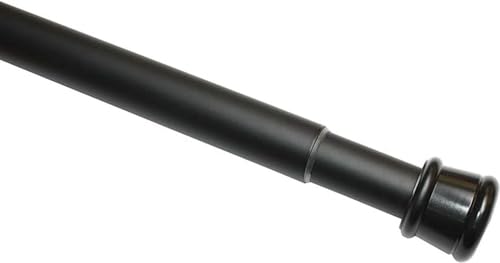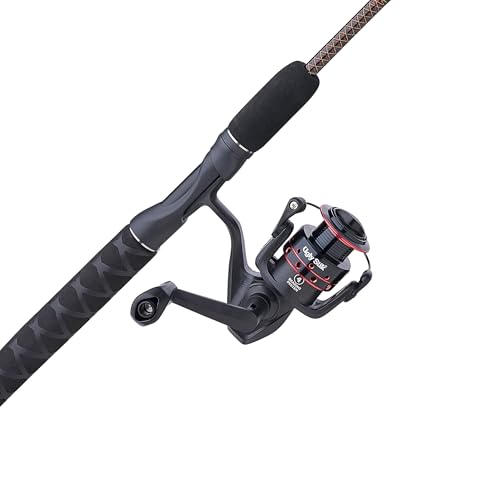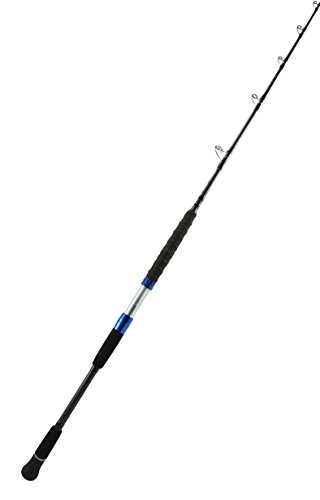Yes, landlords can legally control the thermostat in Ontario. In Ontario, landlords have the legal authority to control the thermostat in rental properties.
This means that they can adjust the temperature settings and regulate heating or cooling systems as they see fit. This control allows landlords to ensure that the rental property is maintained at a comfortable temperature and to manage energy usage efficiently.
However, it is important for landlords to consider the needs and preferences of their tenants when setting thermostat controls. It is also advisable for landlords to clearly communicate any temperature regulations or guidelines to their tenants to promote a positive living environment for all parties involved.
Tenant Rights Regarding Thermostat Control
As a tenant in Ontario, you have the right to control the thermostat in your rental unit. The landlord cannot dictate or restrict your use of the thermostat, allowing you to maintain a comfortable temperature according to your preference. This ensures that you can regulate the indoor climate as needed for your comfort.
Landlord-tenant Agreements And Lease Terms
It is essential for both landlords and tenants in Ontario to have a clear understanding of their rights and responsibilities when it comes to controlling the thermostat. This understanding starts with reviewing the landlord-tenant agreement and lease terms.
According to the Ontario Residential Tenancies Act, landlords must include specific information about thermostat control in the lease agreement. This includes whether the tenant will have control over the thermostat or if it will be controlled by the landlord. It is important for tenants to carefully review this section of the agreement before signing.
Responsibilities Of Landlords In Ontario
In Ontario, landlords have certain responsibilities when it comes to providing and maintaining a heating system, including the thermostat. The Residential Tenancies Act states that landlords must ensure that the heating system is in good working condition and capable of maintaining a temperature of at least 20 degrees Celsius (68 degrees Fahrenheit) from September 1st to June 15th.
This means that landlords are responsible for installing and maintaining a thermostat that allows tenants to control the temperature within their unit during these specified periods. It is important for tenants to report any issues or malfunctions with the thermostat to their landlord so that necessary repairs can be made in a timely manner.
Rights Of Tenants In Controlling The Thermostat
Tenants in Ontario have the right to control the temperature within their unit, as long as it falls within the reasonable range specified by the Residential Tenancies Act. It is important for landlords to provide tenants with access to the thermostat to ensure that they can adjust the temperature according to their comfort levels.
A tenant’s right to control the thermostat cannot be unreasonably restricted by the landlord. This means that landlords cannot prevent tenants from adjusting the temperature within reasonable limits or impose additional fees or conditions for thermostat control.
However, it is worth noting that tenants also have the responsibility to use the thermostat responsibly and not set the temperature to extreme levels that could potentially damage the heating system or affect the well-being of other tenants in the building.
Summary:
- Landlords and tenants in Ontario must review the landlord-tenant agreement and lease terms regarding thermostat control.
- Landlords are responsible for providing and maintaining a functioning thermostat.
- Tenants have the right to control the thermostat as long as it falls within reasonable limits.
- Landlords cannot unreasonably restrict tenants’ control over the thermostat.
- Tenants must use the thermostat responsibly and consider the well-being of others within the building.
Energy Efficiency And Landlord-tenant Relationships
In Ontario, landlords generally have the authority to control the thermostat in rental units, allowing them to maintain energy efficiency and reduce costs. This control is often part of the landlord-tenant relationship, ensuring optimal heating and cooling for the property.
Benefits Of Energy-efficient Practices
Implementing energy-efficient practices in rental properties can bring multiple benefits for both landlords and tenants. By conserving energy, not only can you contribute to a more sustainable environment, but you can also lower utility costs, increase comfort, and improve the overall living experience for tenants.
- Reduced utility costs: Energy-efficient practices, such as properly insulating the property, sealing air leaks, or installing programmable thermostats, can significantly reduce energy consumption, leading to lower utility bills. This means more money in the pockets of both landlords and tenants.
- Improved tenant comfort: By adopting energy-efficient measures, landlords can enhance the comfort of their tenants. Proper insulation and weatherproofing prevent drafts and maintain consistent indoor temperatures, ensuring a comfortable living environment throughout the year.
- Enhanced property value: Energy-efficient properties are highly desirable in the real estate market. By investing in energy-saving upgrades, landlords can increase the value of their rental units. Tenants are also more likely to choose energy-efficient accommodations, allowing landlords to attract and retain high-quality tenants.
Importance Of Tenant Involvement
In building an energy-efficient rental property, tenant involvement plays a crucial role. When tenants understand the importance of energy efficiency, they can actively contribute to conserving energy and reducing utility costs. Landlords can encourage tenant involvement through the following:
- Education and Awareness: Landlords can educate tenants about energy-saving practices and provide information on how to use appliances efficiently. This can include distributing brochures, displaying posters, or sending out newsletters regularly.
- Encouraging Feedback: Landlords should create a channel for tenant feedback regarding energy efficiency issues. By encouraging open communication, landlords can learn about any problems or suggestions provided by the tenants and take necessary actions promptly.
- Rewarding Energy Conservation: Landlords can incentivize energy-saving behaviors by offering rewards or discounts to tenants who demonstrate a commitment to energy conservation.
Landlord Obligations For Energy Efficiency
As a landlord in Ontario, you have certain obligations to ensure your rental property maintains optimum energy efficiency. These obligations include:
- Compliance with Building Codes: Landlords must ensure that their rental units meet the energy efficiency requirements outlined in the Ontario Building Code. This may involve efficient insulation, proper weather sealing, and energy-efficient heating and cooling systems.
- Regular Maintenance: Landlords must conduct regular maintenance of key energy-related equipment, such as furnaces, water heaters, and thermostats. This ensures their optimal performance and prevents energy waste.
- Availability of Information: Landlords are responsible for providing tenants with energy-related information, such as instructions on thermostat settings, operation guides for various appliances, and tips for conserving energy.
- Cooperation with Tenants: Landlords should collaborate with tenants to address any energy efficiency concerns promptly. This includes resolving issues related to insulation, ventilation, or heating and cooling systems efficiently.
By fulfilling these obligations, landlords can not only meet legal requirements but also contribute to a healthier environment and maintain positive relationships with their tenants.
Frequently Asked Questions For Can Landlord Control Thermostat Ontario?
What Is The Legal Temperature For Tenants In Ontario?
The legal temperature for tenants in Ontario is regulated by the Residential Tenancies Act. The Act mandates that landlords must provide an adequate temperature in rental units to ensure the health and safety of tenants.
Can Landlord Put Lockbox On Thermostat?
Yes, a landlord can put a lockbox on the thermostat if they want to restrict access to it. This can help them control the temperature and reduce energy costs. However, tenants should be provided with the lockbox code in case they need to adjust the thermostat.
What Is Illegal For Landlords To Do In Ontario?
Landlords in Ontario are prohibited from discriminating against tenants based on factors like race, religion, sexual orientation, and disability. They cannot raise rent excessively or enter a unit without sufficient notice. It is illegal to evict a tenant without a valid reason or to retaliate against them for exercising their rights.
Additionally, landlords must maintain safe and habitable living conditions for their tenants.
What Is The Lowest Temperature A Landlord Required To Provide?
A landlord is required to provide a minimum temperature, but specific regulations vary by location.
Can A Landlord Control The Thermostat In Ontario?
Yes, landlords in Ontario have the right to control the thermostat in rental properties.
Conclusion
To conclude, it’s essential for tenants in Ontario to understand their rights and responsibilities when it comes to thermostat control in rental units. Landlords do have the authority to control the thermostat under certain circumstances, but it’s crucial for them to respect the regulations outlined by the Landlord and Tenant Board.
Tenants can seek clarification from the board or consult legal resources if they feel their rights are being violated. By staying informed and addressing any concerns promptly, both landlords and tenants can ensure a respectful and comfortable living environment.
I am a full service Real Estate Professional in Brevard, FL, that takes my clients & career very
seriously.



Leave a Reply